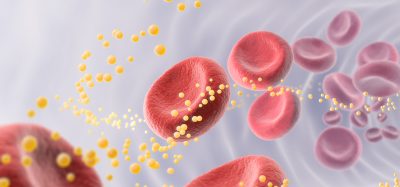Expert view: How NGS is continuing to revolutionise our understanding of genomics
Posted: 21 March 2018 | Ben Jackson (Associate Director - Marketing - Bioline) | No comments yet
Next generation sequencing (NGS) has transformed biological research, invigorating the field of genomics, and has increased understanding of our genetic basis.
As access to technology increases and costs become more affordable, NGS-based research and applications will continue to grow.
NGS has been applied in virtually all areas of biological research, excelling in the areas of whole-genome sequencing and resequencing to identify differences among reference sequences and bring more understanding to the genotype/phenotype relationship.
Organisms with no reference genome have also benefited from the rapid approach of NGS, with a growing list of de novo assembled genome sequences now being added to databases, from model organisms through to endangered species and even extinct species such as mammoth and early human. Metagenomics is another exciting field for NGS applications, analysing all DNA within an environmental or medical sample, offering a complete insight into the complexity of the inhabiting microbiome.
Biomarkers are redefining how precision therapies are discovered, validated and delivered.
This exclusive expert-led report reveals how leading teams are using biomarker science to drive faster insights, cleaner data and more targeted treatments – from discovery to diagnostics.
Inside the report:
- How leading organisations are reshaping strategy with biomarker-led approaches
- Better tools for real-time decision-making – turning complex data into faster insights
- Global standardisation and assay sensitivity – what it takes to scale across networks
Discover how biomarker science is addressing the biggest hurdles in drug discovery, translational research and precision medicine – access your free copy today
At the beginning of the NGS process, high molecular weight DNA must be sheared to an appropriate size and ligated with the platform-specific adapter that will initiate the sequencing process. One of the principal challenges includes optimisation of the sample preparation process to maximise yield and NGS data quality. Additional challenges follow at the other end of the NGS workflow, where huge volumes of data must be efficiently processed.
Several terabytes of raw data are generated for every NGS run and a series of pre-processing, alignment and assembly steps follow. The read-length attained by NGS is in the range of 50-500 nucleotides, much shorter than that seen with Sanger, thus an appropriate number of overlapping short reads is an essential quality feature to ensure accurate sequence assembly. NGS continues to revolutionise our understanding of genomics, but it is not for the faint-hearted.
Related topics
Assays, Genomics, Next-Generation Sequencing (NGS)
Related organisations
Bioline








